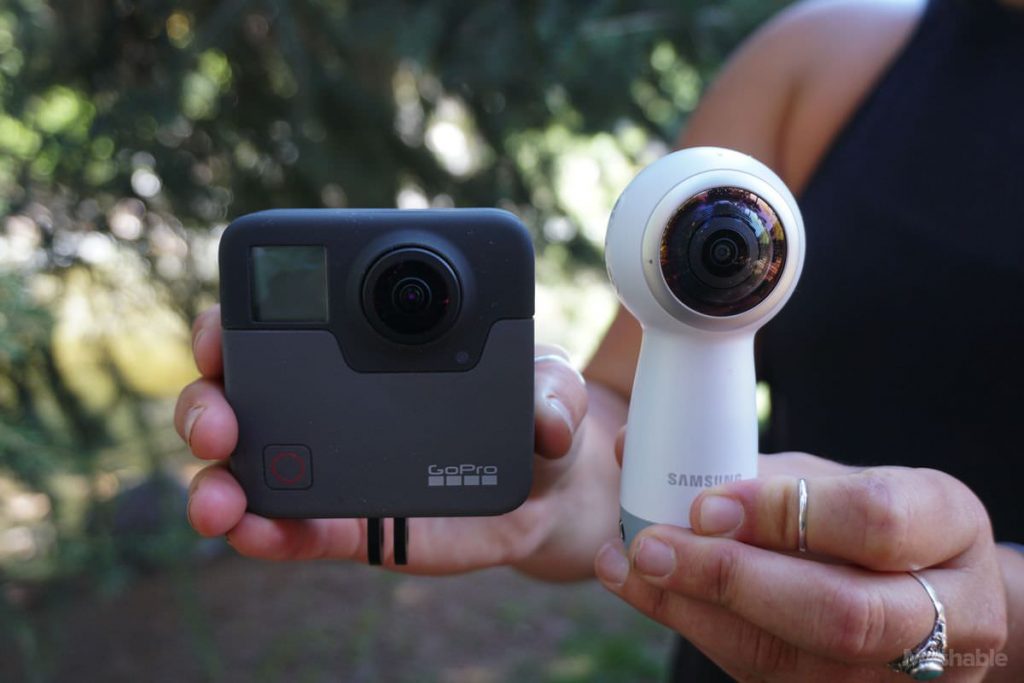We have already discussed some of the new filming techniques that come with 360 video, but one of the single biggest anxieties in VR filmmaking is how to focus the viewer’s attention on what you want them to in the scene at any given moment. In traditional filmmaking, you have frame composition, lighting, and depth of field to guide the viewer’s eye to where you need it. Not so in VR. The viewer is free to look around in any direction they like and there is no frame. This means it’s entirely possible they may miss an important story point. So how do you get the viewer’s attention and keep it? Luckily, many of the same tricks from the film industry still apply – motion, light, and sound. There’s also and addtional option of adding interactivity.
Directing attention with motion
As mentioned above humans are finely attuned to motion and will generally gravitate to anything moving in the scene. Have a butterfly flit in and around and most viewers will typically follow it. Set this upright with enough preroll for them to see it and you can guide them precisely to what you want them to see. This is doubly true if you couple movement with the stereoscopic depth you have at your disposal. Have the butterfly also fly towards the viewer and you are guaranteed to grab their interest.
Directing attention with light
Light is also a motivating factor. Just as in a 2D frame light can draw attention to objects or subjects. As viewers look about the scene a ray of light highlighting something is a subjective clue that they should pay attention to that object. Similarly, dappled light can highlight and heighten different depth cues along with actual stereoscopic depth.
Directing attention with sound
The sound is an incredibly important component of any piece of content but exponentially so in VR because of what it provides in capturing the viewer’s attention. These sound formats record and emanate sound from where they actually occurred in the scene. This gives you an extraordinary opportunity to use sound in directing the viewer’s interest. Place a car crash behind them with corresponding sound and they are guaranteed to look. See below in the Sound section for more information.
Adding interactivity
Depending on how your content is being created and distributed you may have some interactive capabilities at your disposal. If so, this is another great way, perhaps the best way to make sure your viewers are looking where you want. Most platforms or development environments use gaze detection to know exactly at what portion of the 360° scene the viewer is looking at during any given moment. If you can harness that information interactively you can do some very cool things. For one, if someone isn’t looking at what you need them to for an important story point you can pause or loop the scene until they do and then trigger the scene to continue. Also, as noted above, viewers may be looking somewhere else in the scene so that when cutting to a new shot they aren’t at all focused on what you need them to be. Using gaze detection you can cut to the new shot and change its yaw value (the rotation of the 360° sphere) to match the object of focus in that scene to the direction in which the viewer is looking.






